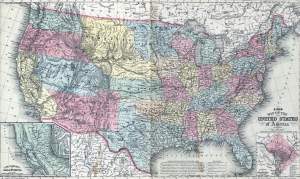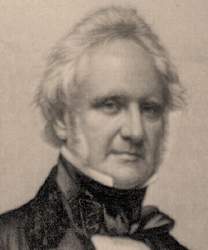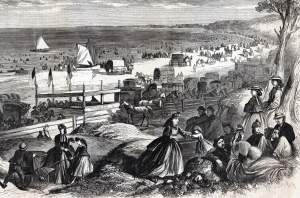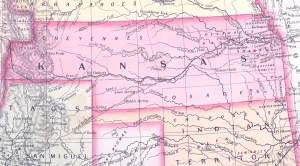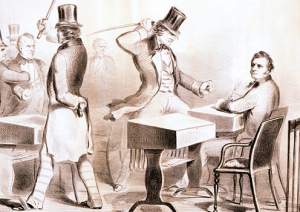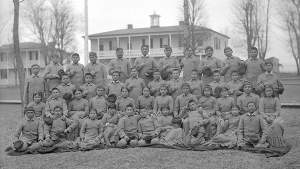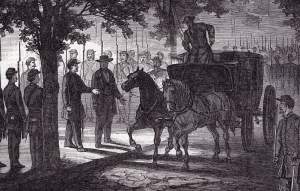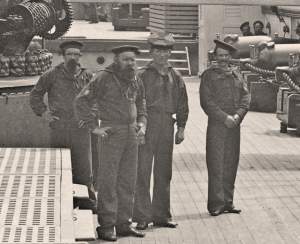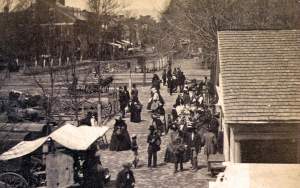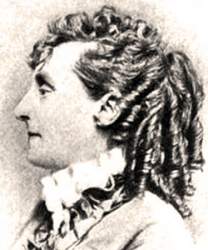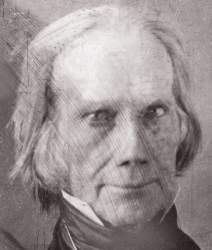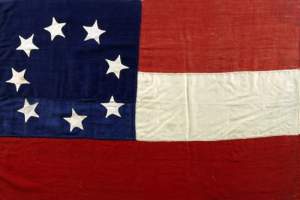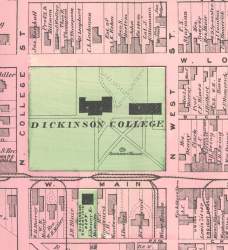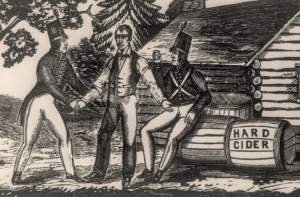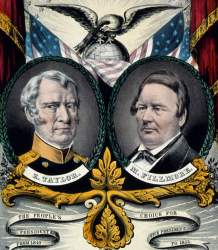| Iconic image | Title | Summary |
|---|---|---|
| 1860 Census | The 1860 Census revealed the United States to be truly a "house divided," providing demographic and economic information that illustrated the growing gap between northern free labor society and the slave culture of the South. (By Matthew Pinsker)
|
|
| 19th-Century Education | ||
| 19th-Century Immigration | ||
| 19th-Century Labor Unions | ||
| 19th-Century World Affairs | ||
| American Life and Culture | ||
| Bleeding Kansas | From 1854 through much of 1857, the territory of Kansas was ripped apart by a sporadic guerrilla war that pitted free soiler settlers against pro-slavery "ruffians" as each vied to see who might control the political and economic future of the region. |
|
| Caning of Sumner | The assault against Senator Charles Sumner of Massachusetts by South Carolina congressman Preston Brooks in May 1856 shocked most northerners and thrilled many southerners. However, this violent episode in the heart of the U.S. Capitol illustrated to nearly everyone that the sectional conflict was becoming far more than a battle of words. (By Matthew Pinsker) |
|
| Carlisle Indian School | ||
| Civil Liberties | ||
| Civil War at Sea | ||
| Civil War Homefront | ||
| Civil War Soldiering | ||
| Civil War Spies | ||
| Compromise of 1850 | Senator Henry Clay's so-called "omnibus" proposal in late January 1850 to find a national accommodation over a variety of sectional issues plaguing the nation ultimately did lead to a compromise of sorts in September of that year. The compromise failed to settle any major arguments but did allow for a series of legislative agreements, including the admission of California as a free state and the passage of a tougher federal fugitive slave law that temporarily quieted the national debate over slavery. (By Matthew Pinsker) |
|
| Confederate States of America | ||
| Dickinson College | Chartered in September 1783, Dickinson College was originally a Presbyterian school that re-opened in 1834 under Methodist auspices. The following decades saw the institution produce and influence hundreds of young men who spread all across the American continent and into the halls of government. Little more than twenty miles above the Mason-Dixon Line, the college was also one of the few antebellum American institutions that remained about evenly divided in its membership between northerners and southerners. (By Matthew Pinsker) |
|
| Dred Scott Case | Dred and Harriet Scott both filed freedom suits in St. Louis Circuit Court in 1846. Eleven years later, Chief Justice Roger Taney and the U.S. Supreme Court issued a verdict in the federal case of Dred Scott v. Sandford (1857) that threw away decades of precedent and political custom and helped spiral the nation closer toward civil war. (By Matthew Pinsker) |
|
| Election of 1840 | ||
| Election of 1848 | The presidential contest in 1848 was a pivotal one because it exposed the sectional fault lines of an increasingly divided nation. Whig candidate General Zachary Taylor prevailed over Democratic nominee Lewis Cass of Michigan and Free Soil candidate Martin Van Buren, the former president. (By Matthew Pinsker) |

